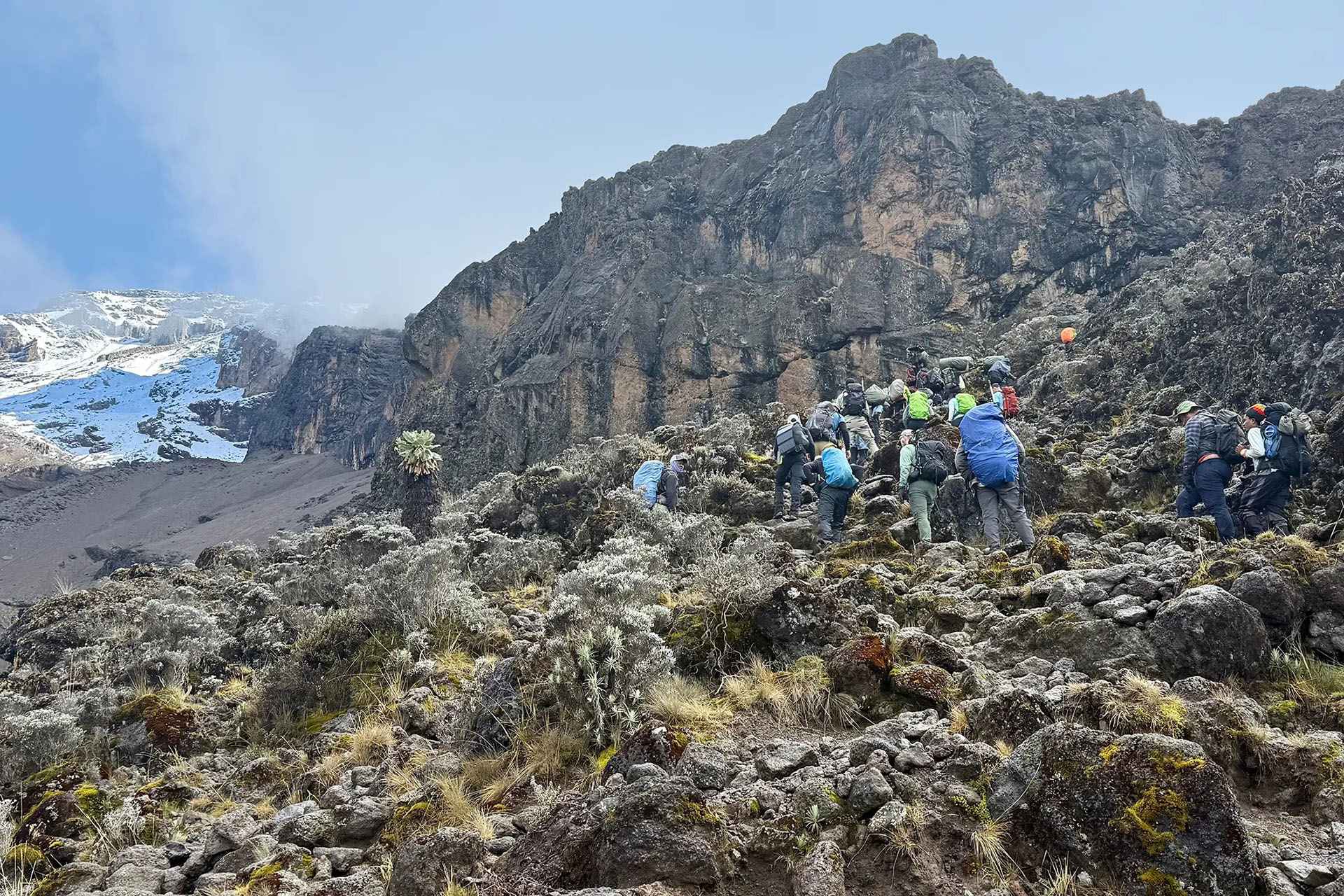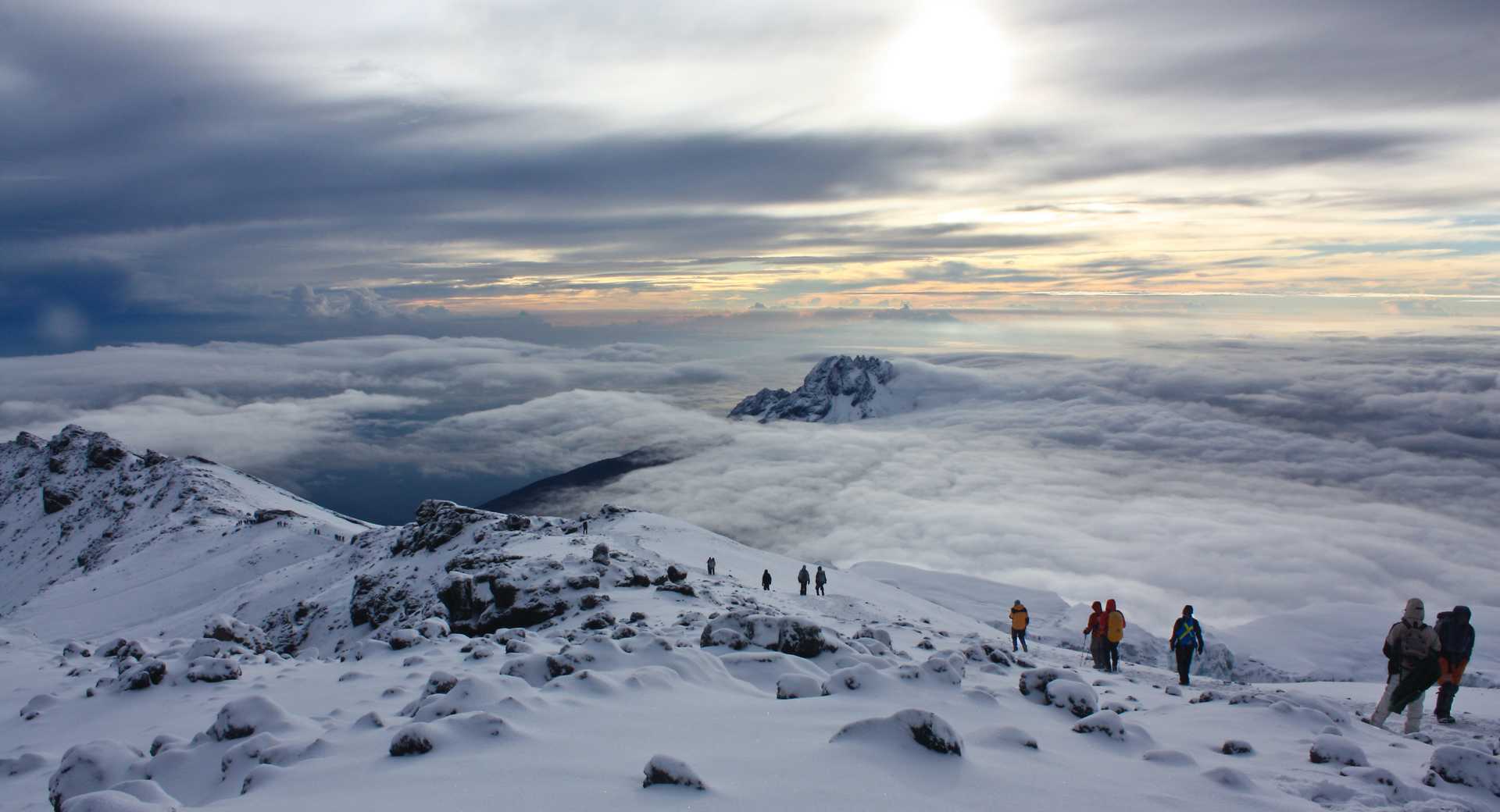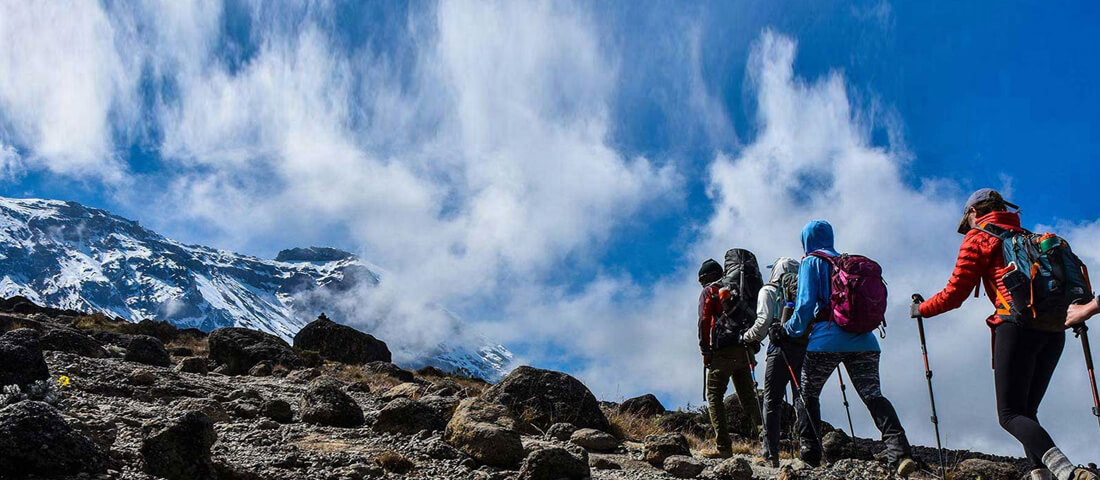
How Long Does It Take to Climb Mount Kilimanjaro to the Summit?
Mount Kilimanjaro, the “Roof of Africa,” is a dream destination for adventurers worldwide. Standing at 5,895 meters (19,341 feet) above sea level, reaching its iconic Uhuru Peak is an unforgettable achievement. However, one of the most common questions first-time climbers ask is: “How long does it take to climb Mount Kilimanjaro?”
The truth is, there’s no single answer. The time required depends on the route you choose, your level of fitness, acclimatization needs, and the pace set by your trekking team. While Kilimanjaro is not a technical climb, its altitude makes acclimatization essential — and that’s where your itinerary length becomes crucial.
Typical Climb Duration: 5 to 9 Days
On average, a Kilimanjaro climb can take anywhere from five to nine days. This includes both ascent and descent. Shorter itineraries might sound appealing, but they reduce your body’s ability to adapt to the thin air, significantly increasing the risk of altitude sickness.
To put it simply:
- Faster climbs (5–6 days) – Less acclimatization time, higher difficulty, lower summit success rates.
- Moderate climbs (7–8 days) – Ideal balance between acclimatization and trekking pace, with the best summit success rates.
- Extended climbs (9 days or more) – Perfect for those who want maximum acclimatization time and a more relaxed pace, usually offered on longer routes like the Northern Circuit.
Route Duration Overview
Each Kilimanjaro route offers a different experience, with varying terrain, scenery, and trek length:
- Marangu Route – 5 to 6 days (nicknamed the “Coca-Cola Route” for its hut accommodations, but shorter duration means higher altitude challenges).
- Machame Route – 6 to 7 days (scenic “Whiskey Route” with good acclimatization on a 7-day itinerary).
- Lemosho Route – 7 to 8 days (highly scenic with great acclimatization opportunities).
- Rongai Route – 6 to 7 days (approaches from the north, quieter and less crowded).
- Umbwe Route – 6 to 7 days (the steepest and most challenging, recommended for experienced climbers).
- Northern Circuit Route – 9 days (the longest and best for acclimatization, offering panoramic 360° views).
Why Extra Days Matter
Altitude sickness is the biggest reason climbers fail to reach the summit. The higher you go, the thinner the air, and your body needs time to adapt. Extra trekking days allow for:
- Better acclimatization through gradual altitude gain.
- Higher summit success rates — climbs of 8–9 days have over 90% success rates compared to around 60–70% on shorter climbs.
- More time to enjoy the scenery, wildlife, and unique landscapes of Kilimanjaro’s five ecological zones.
Kilimanjaro Descent Time
The journey down is faster, usually taking 1–2 days regardless of the route. While physically easier, steep descents can be tough on the knees, so trekking poles are recommended.
Final Recommendation
For most trekkers, a 7 or 8-day climb strikes the best balance between safety, enjoyment, and summit success. Rosh Expeditions often recommends the Lemosho or Machame routes for first-time climbers due to their excellent acclimatization profiles and stunning scenery.
Plan Your Climb with Rosh Expeditions
Whether you’re looking for a short but challenging adventure or a longer, more scenic trek, our experienced guides will help you choose the best route and itinerary for your fitness level and goals. At Rosh Expeditions, we believe reaching the summit is about preparation, pacing, and the journey itself.
Contact us today to start planning your unforgettable Mount Kilimanjaro experience.



